Jigokudani Yaenkoen, or the Snow Monkey Park, was established in 1964 in the forests of the Jigokudani valley in Yamanouchi, Japan and offers its visitors a wonderful and unique experience of seeing and photographing wild Japanese Macaques (Snow Monkeys).
On our first visit to Japan, we decided to take a trip to Nagano, to see Japan’s famed snow monkeys at the jigokudani monkey park. It’s a fairly long day trip from Tokyo, but in my opinion, it was completely worth it, as I’ve always wanted to see snow monkeys in their natural habitat.
In this guide, I will explain step by step how to get there, when to visit and what to do once you arrive. Plus important information to ensure you don’t miss the last bus back to the train station!
Table of Contents
- When to visit the Snow Monkey Park in Japan
- Where to stay close to the Snow Monkey Park
- Snow Monkey Pass
- How to get to Jigokudani monkey Park
- Tokyo to Nagano by Hokuriku Shinkansen
- Option 1 from Nagano Station: Train + Bus
- Nagano to Yudanaka Train Station
- Yudanaka Station to Snow Monkey Park
- Option 2 from Nagano Station: Express Bus
- Snow Monkey Bus Station to the Snow Monkey Park
- The Snow Monkey Park
- Snow Monkey Park to Tokyo
- Final Thoughts on Jigokudani monkey park
- Frequently Asked Questions
When to visit the Snow Monkey Park in Japan
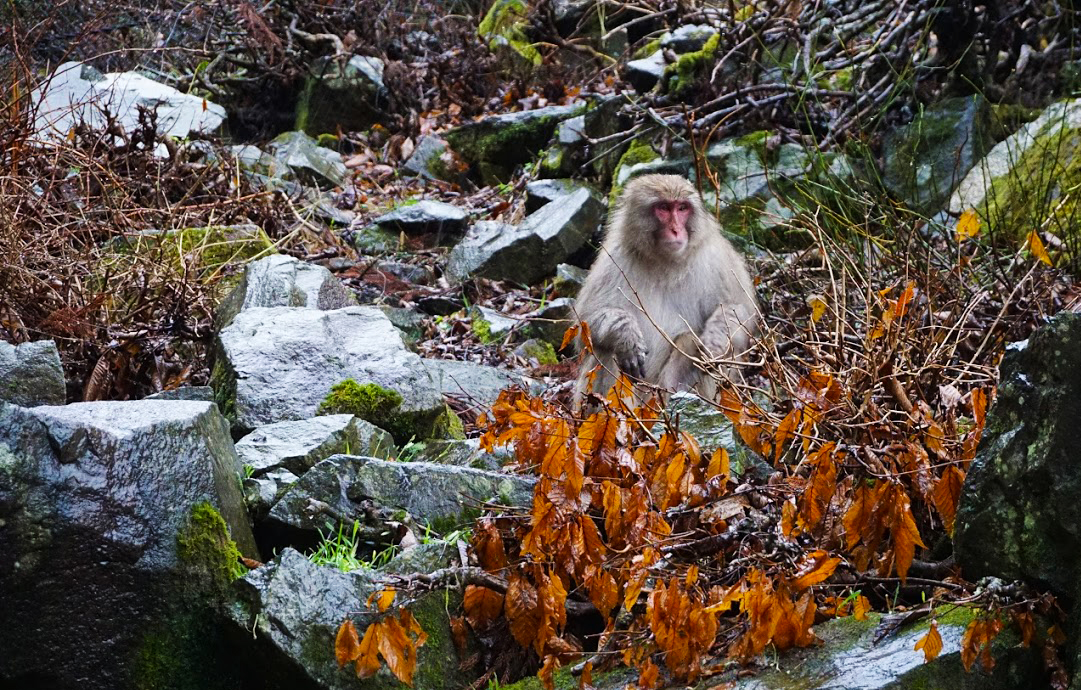
The Snow Monkey Park is open all year round; however, the Japanese Macaques look at their best when the area is covered in snow. That’s when they are most likely to enter the hot man-made pool where the monkeys bathe and relax.
Greg (my husband) and I visited at the beginning of December and while we were hopeful to get some snow in the mountains, we only got lots and lots of rain. Because it was cold, the monkeys were bathing in the onsen so at least we got to see them chilling.
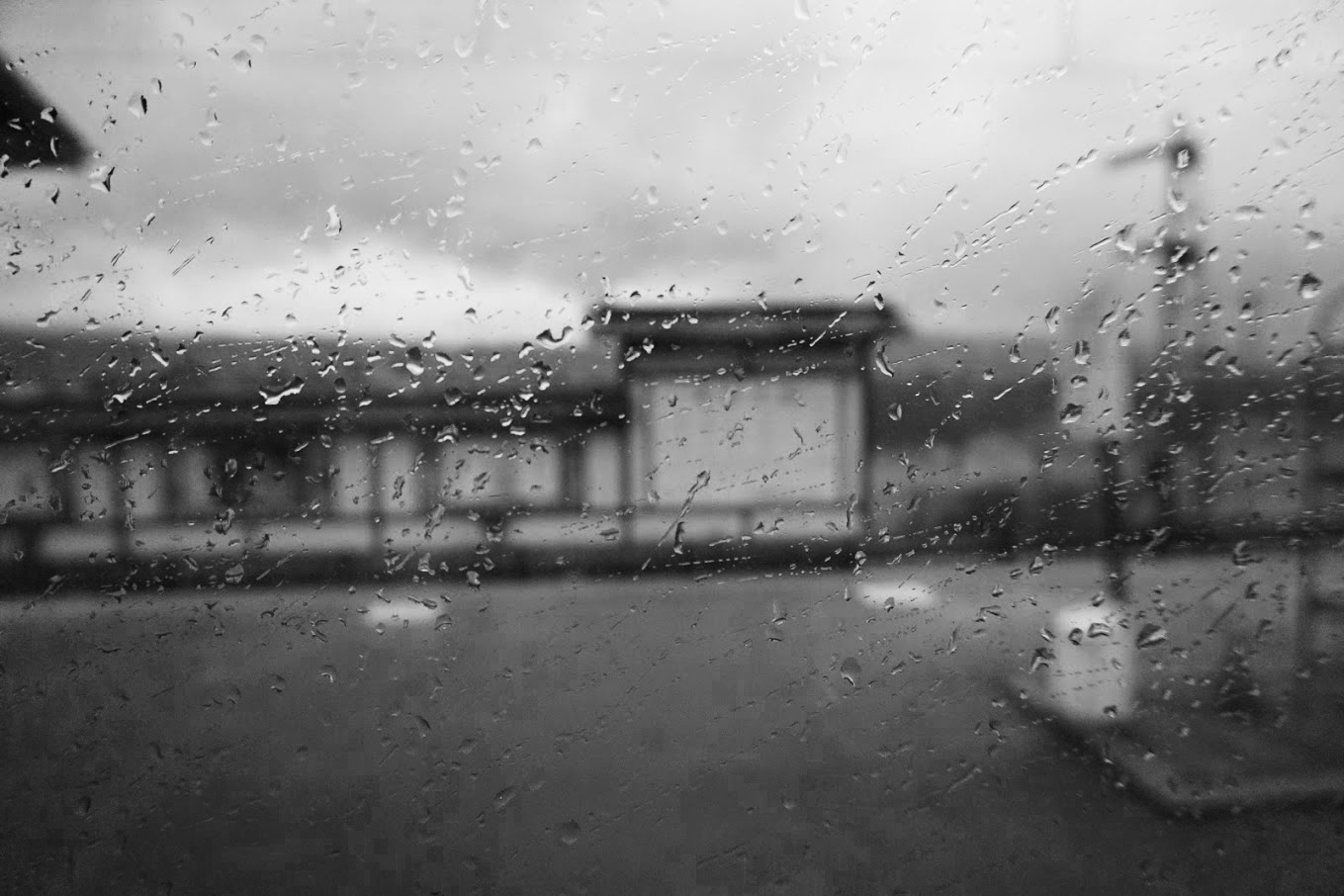
Avoid visiting when the weather is too hot as, during the summer times, the monkeys are a little more reluctant to enter the hot onsen. We were told by the staff that during the summer, the park wardens throw food into the pool as a little encouragement.
Where to stay close to the Snow Monkey Park
We are the living proof that a day trip to the Nagano snow monkey is possible, but I would instead recommend spending the night either in Nagano or around Yamanouchi.
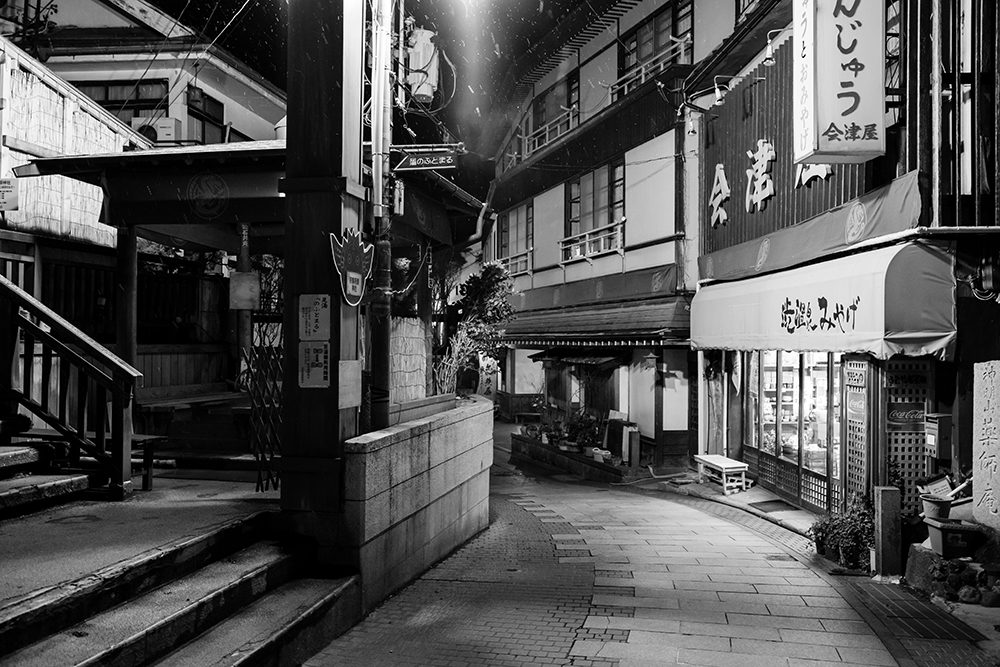
Nagano is a popular place to stay, especially during the snowy season. Shiga Highlands is a ski resort and hiking spot, located in the mountains of Yamanouchi. If skiing is not your thing, visit the 700 years old streets of Shibu Onsen instead. This is a wonderful spot full of hot springs, ryokans and full of traditional Japanese atmosphere. You will find a lot of locals dressed in Kimonos and guests wearing Yukatas.
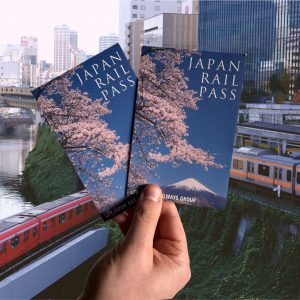
Japan Rail Pass
The optimal way to explore Japan is with a rail pass that is available for durations of 7, 14, or 21 days, offering unlimited travel across the country. Shinkansen included!
Wafu no Yado Masuya is a great 3-star hotel, just a 5-minute drive from Yudanaka Station, Wafu no Yado Masuya features beautiful Japanese-style rooms, hot spring baths and free Wi-Fi. Some rooms boast a private outdoor hot spring bath. Book Wafu no Yado Masuya.
Alternatively, you can book Jinpyokaku, a luxurious Japanese-style hot springs experience. A variety of baths, exquisite Japanese cuisine and serene Japanese-style rooms are featured. Book your stay at Jinpyokaku..
Snow Monkey Pass
The snow monkey pass was introduced to save you money when visiting the Snow Monkey Park and the surrounding area. The snow monkey pass costs 4000 yen per adult and it covers the following:
- One time admission to the Jigokudani Monkey Park
- 2-day unlimited use of the Nagaden limited express – non-reserved seating only – and local train services on the Nagano Dentetsu Line.
- 2-day unlimited use of the Nagaden Express Bus from/to Nagano Station and the monkey park.
- 2-day unlimited use of the Nagaden Local Bus from/to Yudanaka Station and Kanbayashi Onsen/monkey park.
The pass does not cover the local bus fare between Nagano Station and Zenko-ji Temple or express and local bus services to Shiga Kogen Ski Resort.
Please be aware that the Snow Monkey Pass is only cost-effective if you’re staying in the area for two days and plan to use the trains and local buses frequently. If not, it might not save you money, and you could spend unnecessary time waiting in line to get the pass without any real benefit.
To get the snow monkey pass, you have the option of buying the pass either in-person or online, although you still need to exchange the voucher for a physical ticket. In my experience, the best thing to do is to just buy the pass in person at the Nagano Dentetsu office located inside of Nagano Station.
How to get to Jigokudani monkey Park
Here is a step-by-step guide on how you can visit the Snow Monkey Park from Tokyo in one day. If you don’t want the hassle of changing trains and dealing with timetables, we recommend booking your guide in advance, which is convenient and worry-free. Book your Snow Monkey Park experience for one day.
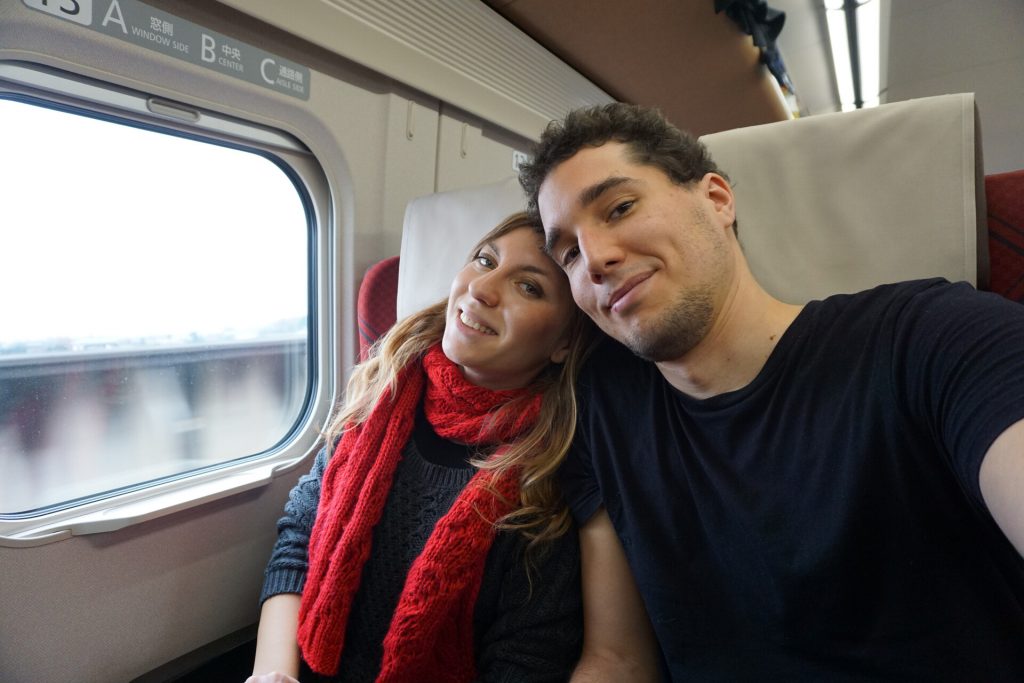
Tokyo to Nagano by Hokuriku Shinkansen
If you have a Japan Rail Pass, then go to the JR counters and make a seat reservation for your chosen day and time from Tokyo to Nagano. The earlier you go, the better.
If you don’t have a Japan Rail Pass, buy a return train ticket to Nagano (8140 yen one way).
The journey takes roughly an hour and a half.
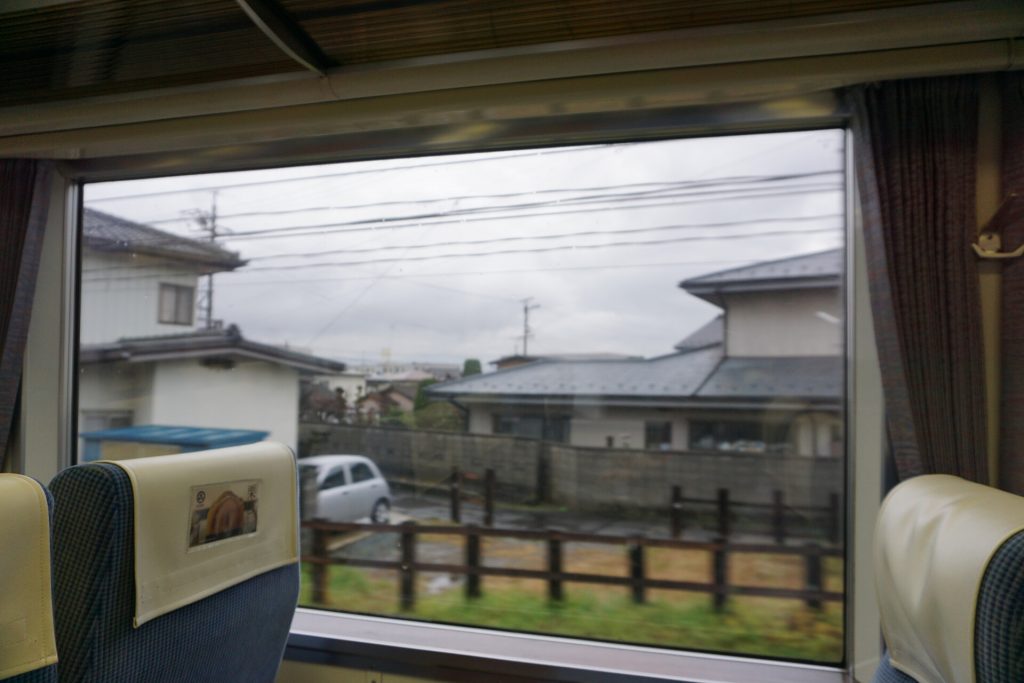
Option 1 from Nagano Station: Train + Bus
Nagano to Yudanaka Train Station
At Nagano, you need to change lines. You need the Nagano Dentetsu Line to Yudanaka Station. The journey lasts 50 min, and it costs 1290 yen one way. Your Japan Rail Pass is not valid on this line.
This trip is covered by your Snow Monkey Pass if you have one.
When you arrive at the Nagano, best to visit the Tourist information counter located at the train station. You will be guided towards the entrance to the NaganoDentetsu Line and be handed a train timetable. Keep it safe as you will be needing it again on your way back.
If you have time, walk around the Nagano station, as it’s a large hub for the region. We stopped there for lunch and bought some food to have with us for the rest of the journey. We checked out Midori, a massive department spread over several stories. You can find ready to eat food, fashion, restaurants and gifts. You could easily spend a few days walking around the Nagano station and its impressive shops, so make sure you don’t lose track of time.
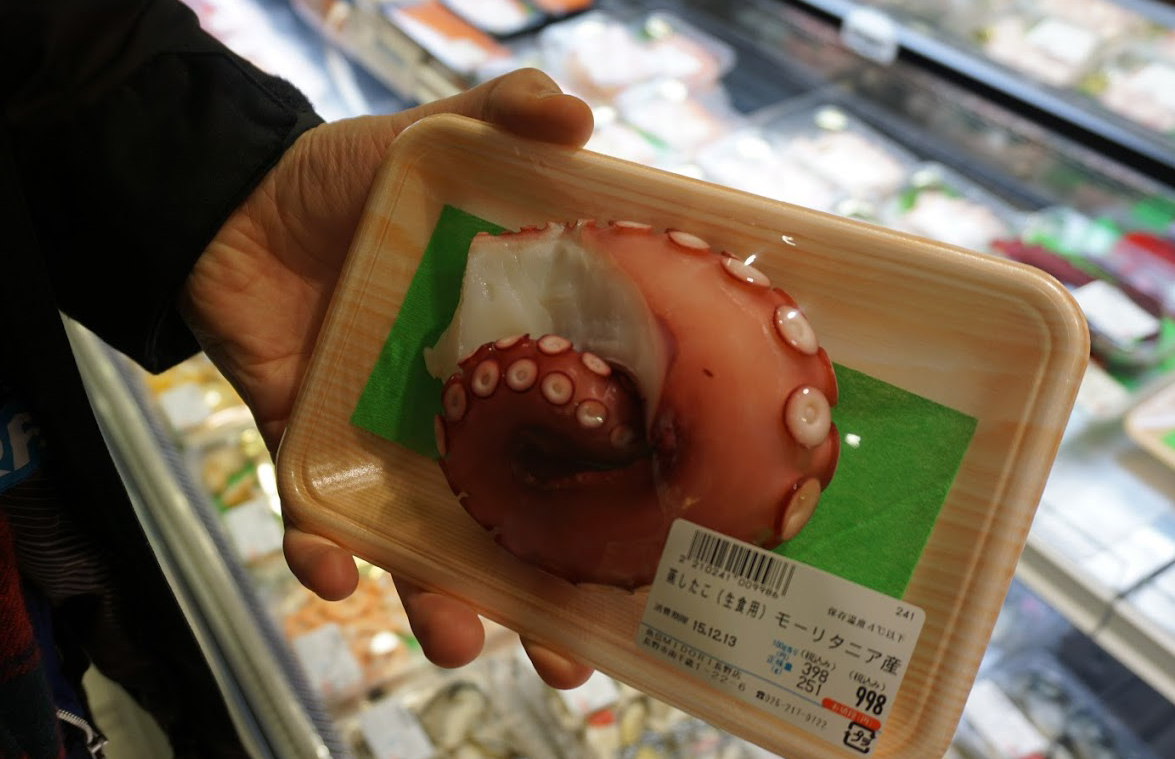

I’m attaching a map of the Nagano station floor, which you will be needing to find your way towards the Tourist Information and the Dentetsu Line.
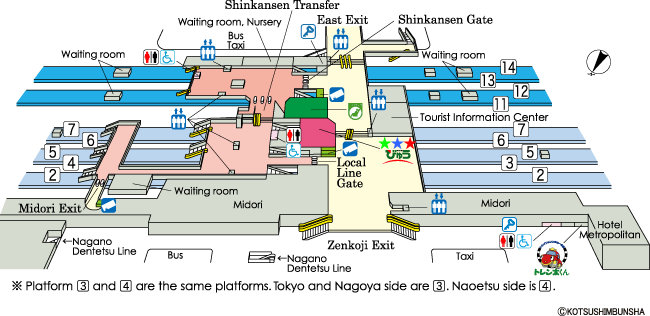
Once at the Dentetsu Line, show your Snow Monkey Pass at the counter so you can be allowed through the barriers. Board the train and relax for the next hour.
Yudanaka Station to Snow Monkey Park
When you are off the train, make your way to the bus stop, which is located right in front of the Yudanaka Station. Please bear in mind that you only have 1-2 buses per hour. The bus journey lasts 10-15 minutes, it costs 310 yen (or free if you have your Snow Monkey Pass).
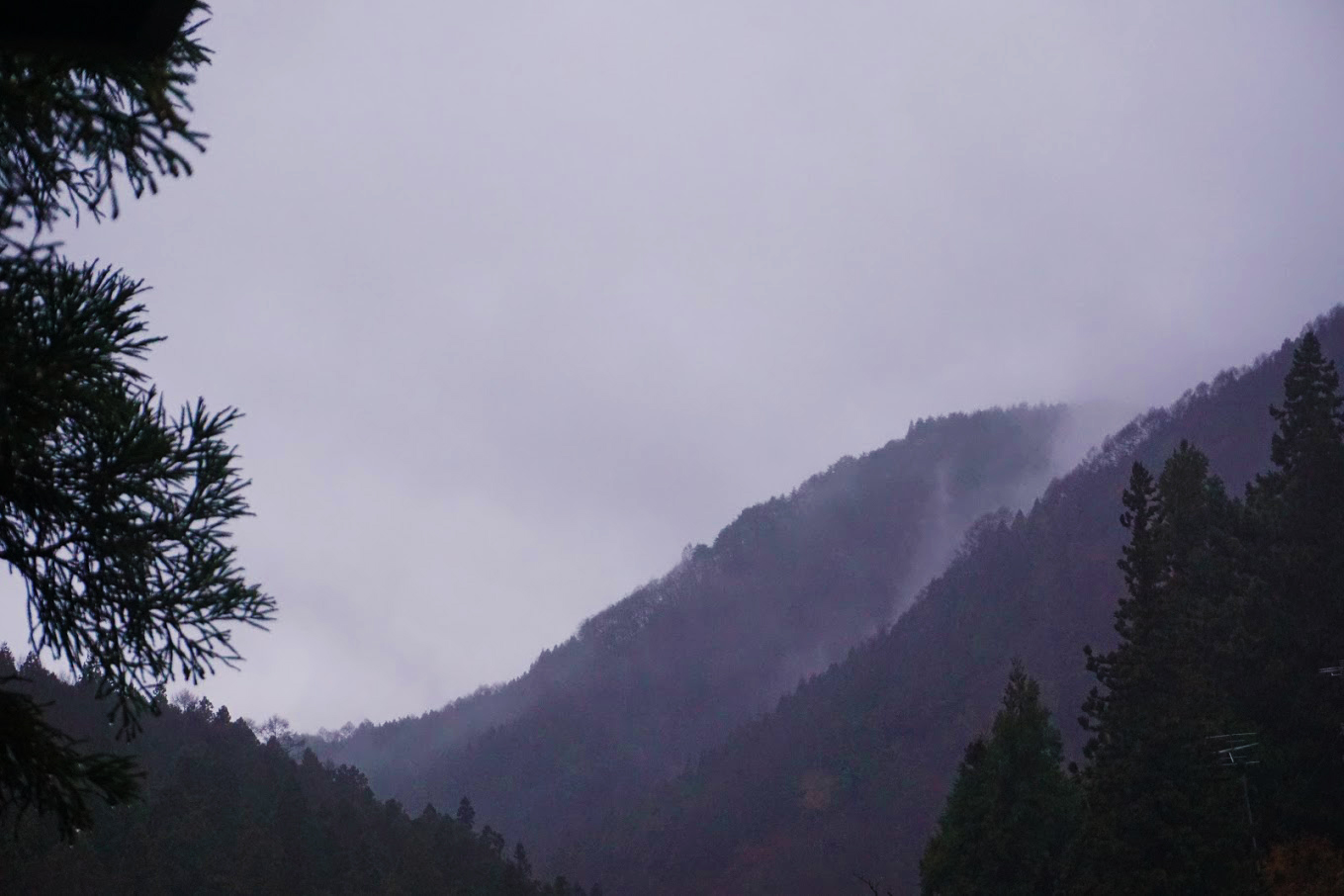
Option 2 from Nagano Station: Express Bus
Another option from Nagano station is to get the Nagaden Snow Monkey Express Bus. The express bus to the monkey park operates to and from Bus Stop No.23 outside the East Exit of Nagano Station.
From Nagano Station, the bus takes just over 40 minutes to reach the park. It costs 1800 yen per person, one way, and the trip is covered by your Snow Monkey Pass if you’ve decided to buy one.
Tickets are bought directly from the driver once on the bus, therefore no advanced booking is required.
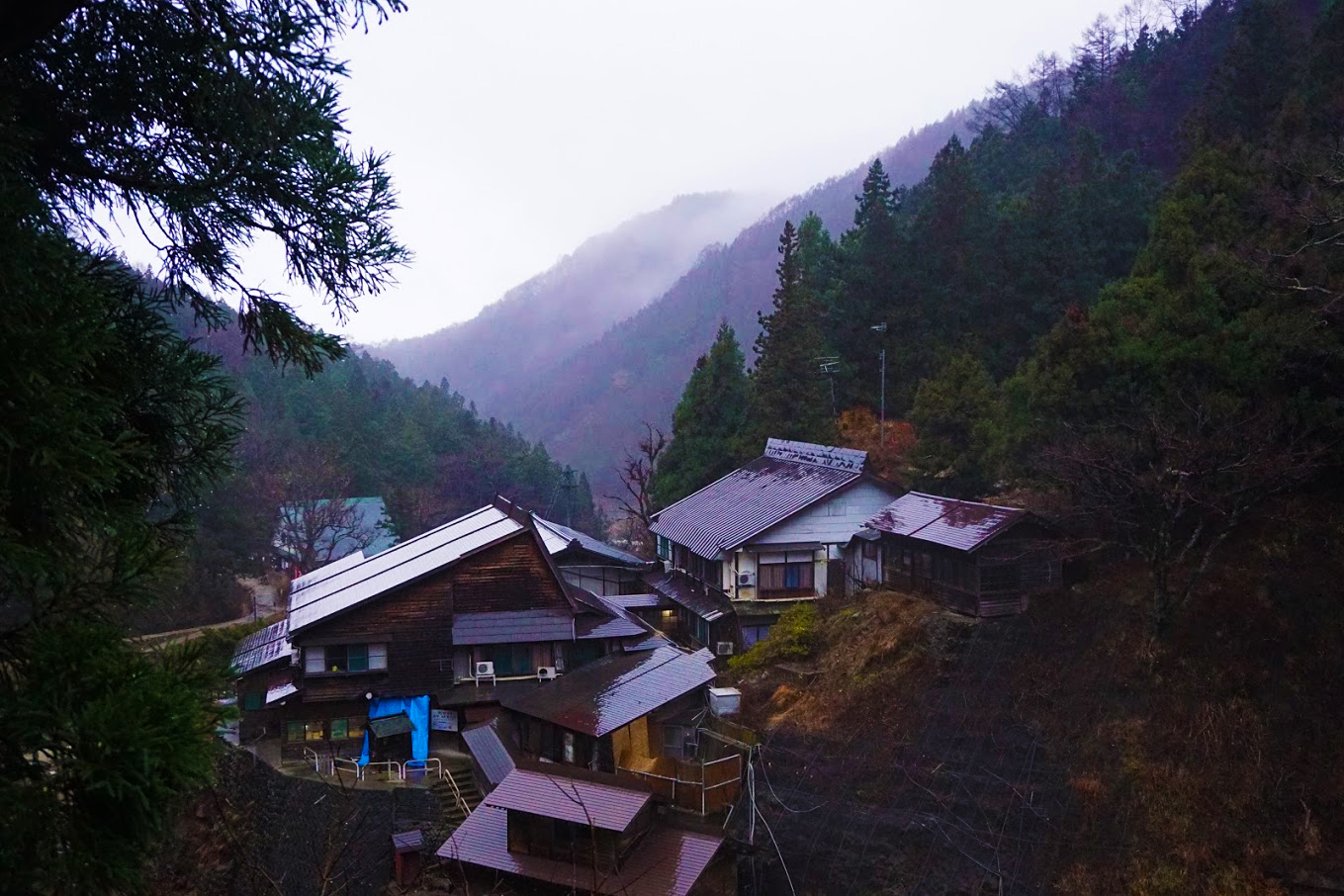
Snow Monkey Bus Station to the Snow Monkey Park
You made it this far. The next part of the itinerary is incredible and you are going to love it. Walk for about 30-40 minutes through a peaceful and ancient forest path. The hike is very pleasant, relaxing, and picturesque. There are several boards which tell you what sort of animals you may encounter deep in the Japanese forest.
We hiked through torrential rain, which slowed us down a bit, but even with the weather against us, we had the best of hikes. If it happens to rain on your visiting day, make sure to bring good waterproofs and very comfortable walking shoes. The path is well-defined so you won’t have any difficulties finding your way.
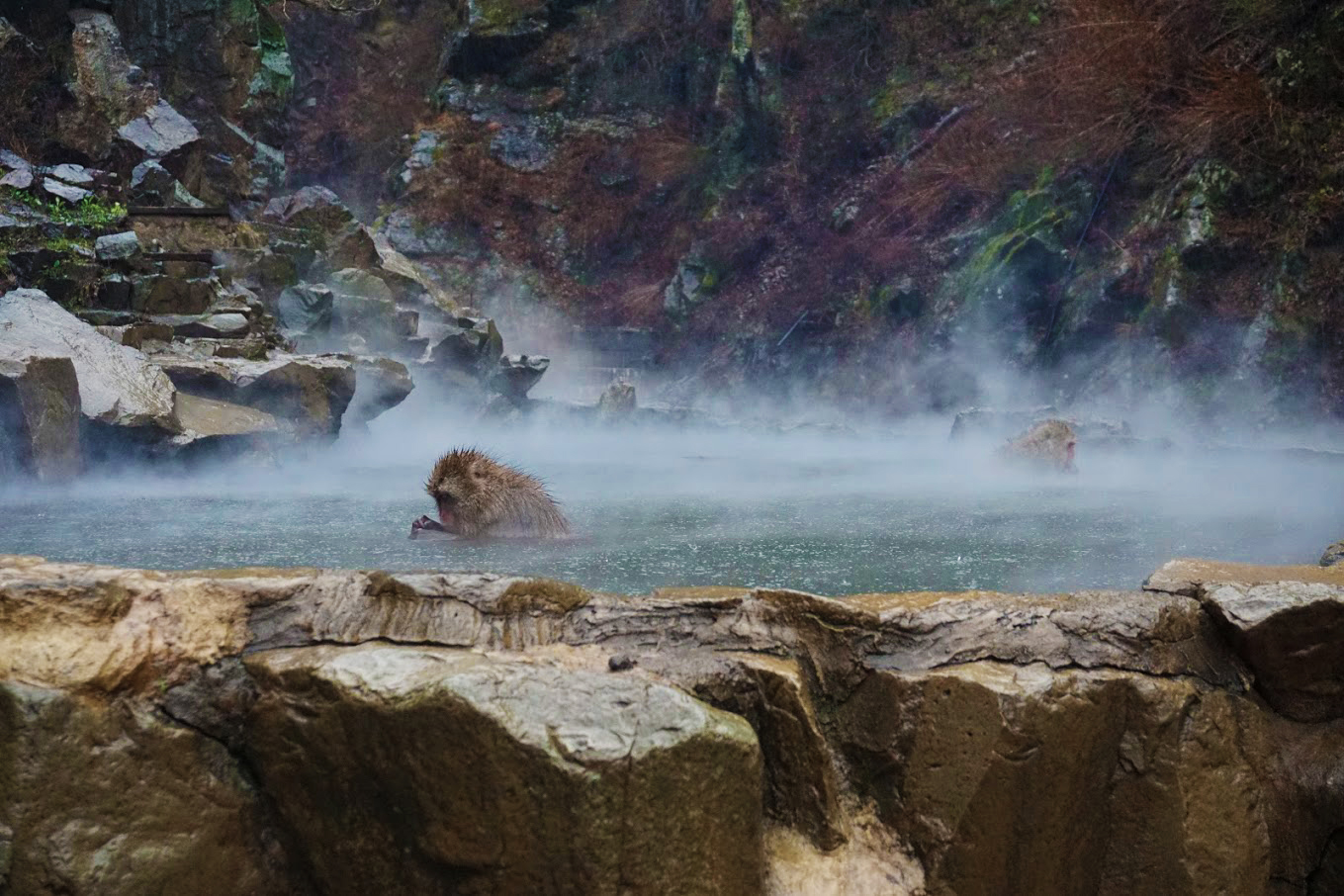
The Snow Monkey Park
Show your Snow Monkey Pass to be allowed into the park, or buy your tickets at the counter. It costs 800 yen per adult if you’re buying them on the day. Walk around and allow yourself some time to observe the Japanese Macaques in their natural habitat.
The Japanese macaque, often called the snow monkey, is a type of monkey that lives only in Japan. They are called “snow monkeys” because they can live in places where it snows for many months. They are the most northern-living and cold-climate monkeys in the world. They have greyish-brown fur, red faces, and short tails, and there are two types of them.
Their interactions are fascinating and captivating. You will have plenty of photo opportunities and see the monkeys bathing in the onsen. Because of the torrential rain and serious winds, we found it a little difficult to capture the best of the Park, but the experience, the travel and the adventure were well worth it.
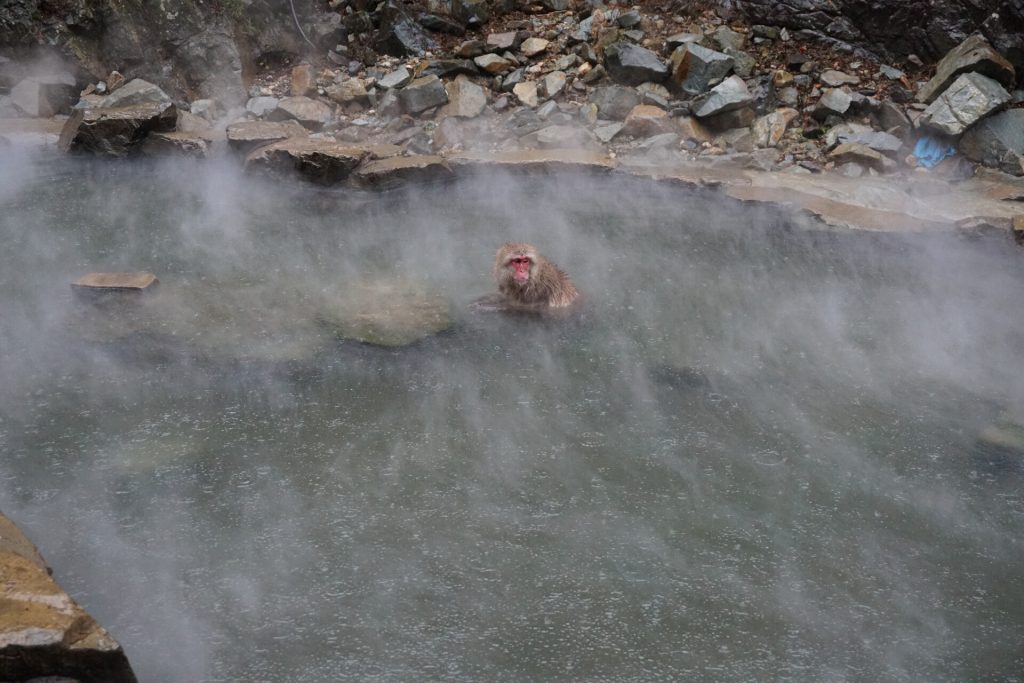
Snow Monkey Park to Tokyo
Going back to Tokyo should be pretty straightforward now that you’re a pro at finding your way. There’s just one thing I need you to be aware of. On your bus timetable, you need to pay attention to where the bus actually leaves from. We almost missed our last bus this way.
In Japanese bus timetables, various symbols such as little triangles, asterisks, and sometimes other icons are used to convey specific information about certain bus services. Please check the footnote on the bus timetable with more details about that service, like whether it’s a seasonal service or requires a special fare.
In our case, the last bus was leaving from a different station. We realised this only 3 minutes before our bus was due, so we had to seriously gallop all the way from the Kanbayashi Hot Spring to road 292. We got there 15 seconds before the last bus! Oh, the joy.
When you are back at the Yudanaka train station, wait patiently for your train back to Nagano and then take the Tokyo-bound shinkansen. You will probably be exhausted by the end of the day, but I’m sure you will feel it was well worth the trouble.
If you are taking the Nagaden Express bus back to Nagano station, don’t forget to check the timetable in advance so you can orient yourself.
Finally, reward yourself with some hot ramen and a cup of sake. You deserve it, as you travelled over 500 km in one day!
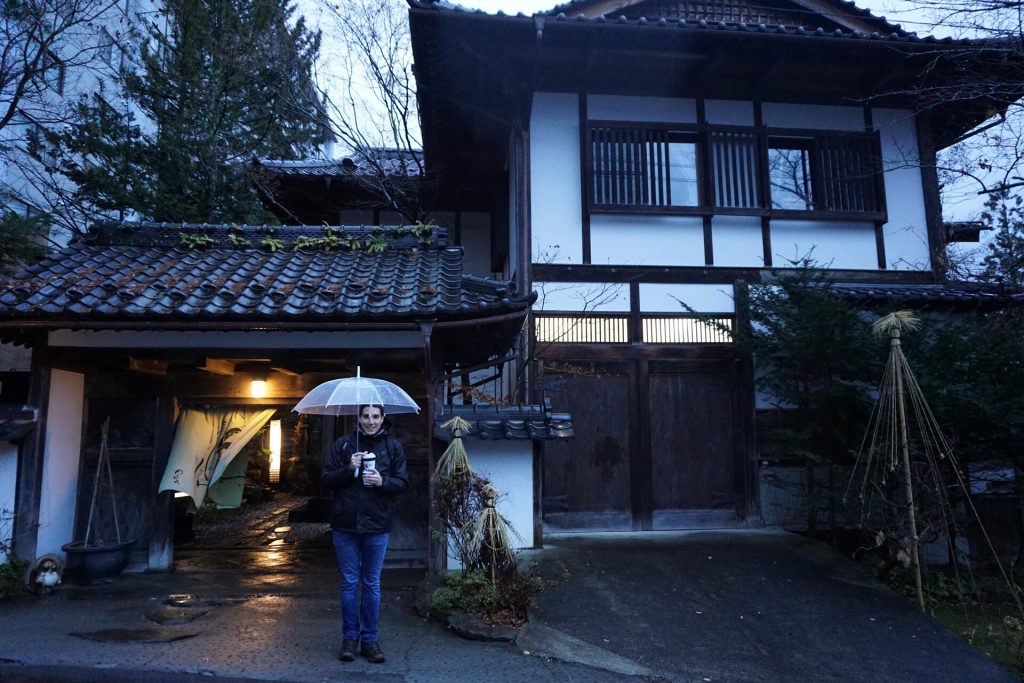
Final Thoughts on Jigokudani monkey park
The Jigokudani monkey park was really worth it for us, as we really wanted to see snow monkeys in their natural habitat. I do recommend a visit to the snow monkey park in Nagano, but do bear in mind that it’s a long trip. You will get to see so much of the Japanese countryside, a stunning forested path with ancient nature, before finally laying eyes on the cute macaque monkeys. To make the trip even better, spend one night in Nagano or around Yudanaka to enjoy a steamy onsen as well.
Frequently Asked Questions
Is Jigokudani worth it?
Yes, a trip to the Jigokudani monkey park is totally worth it. You’ll get to see the Japanese countryside, walk through an ancient forested path with cedar trees before seeing the gorgeous macaque monkeys bathing in a steaming onsen. It has been one of my favourite day trips from Tokyo.
How much time to spend at Jigokudani Monkey Park?
We spent 2 hours taking pictures of the snow monkeys and with the snow monkeys, even though it was pouring rain. With the long walk in the forest, a coffee and a ramen on site, I would say you will spend around 3 hours at the Snow Monkey Park.
Why is Jigokudani Monkey Park famous?
We spent 2 hours taking pictures of the snow monkeys and with the snow monkeys, even though it was pouring rain. With the long walk in the forest, a coffee and a ramen on site, I would say you will spend around 3 hours at the Snow Monkey Park.
Why is Jigokudani Monkey Park famous?
The park is well-known for its wild snow monkeys. What makes it special and a favorite place to visit is how these monkeys act, especially in winter. They like to soak in the park’s natural hot springs. Seeing wild monkeys relaxing in hot water with snow all around is a fascinating and rare sight.
Is the Snow Monkey Park ethical?
Jigokudani Monkey Park is known for allowing wild Japanese macaques (snow monkeys) to roam freely in their natural habitat. The park’s main attraction is the natural hot springs, where the monkeys bathe, especially during the cold winter months. Unlike some wildlife attractions, the monkeys are not caged or forced to interact with humans. They come and go as they please, which is a positive aspect in terms of animal welfare. The staff does try to lure the monkeys with food, but ultimately the monkeys are not in any way forced to come back.

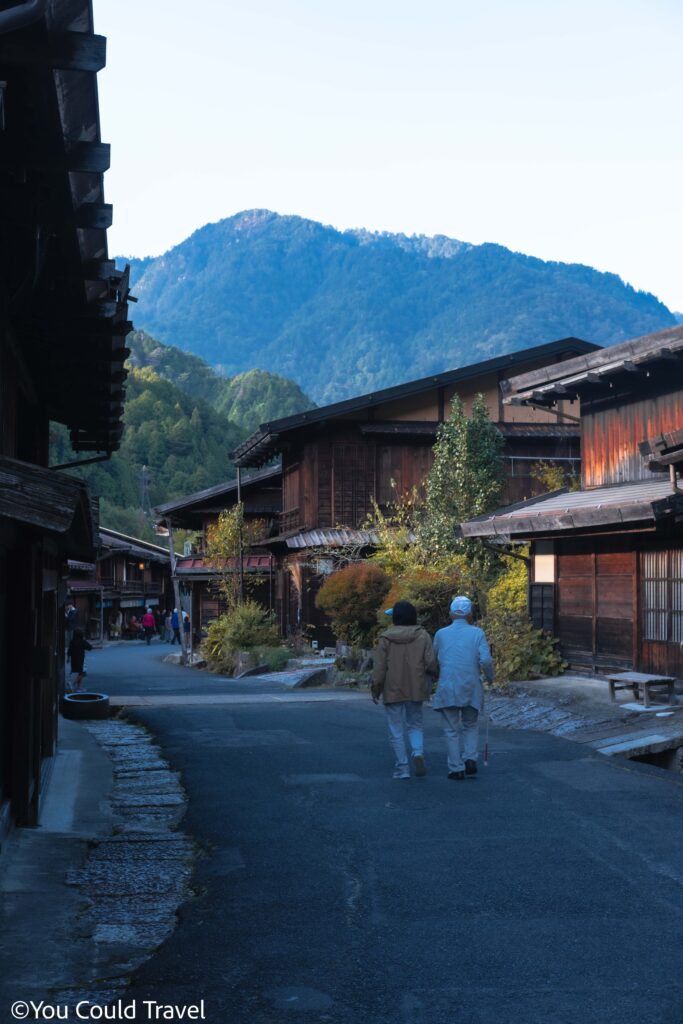
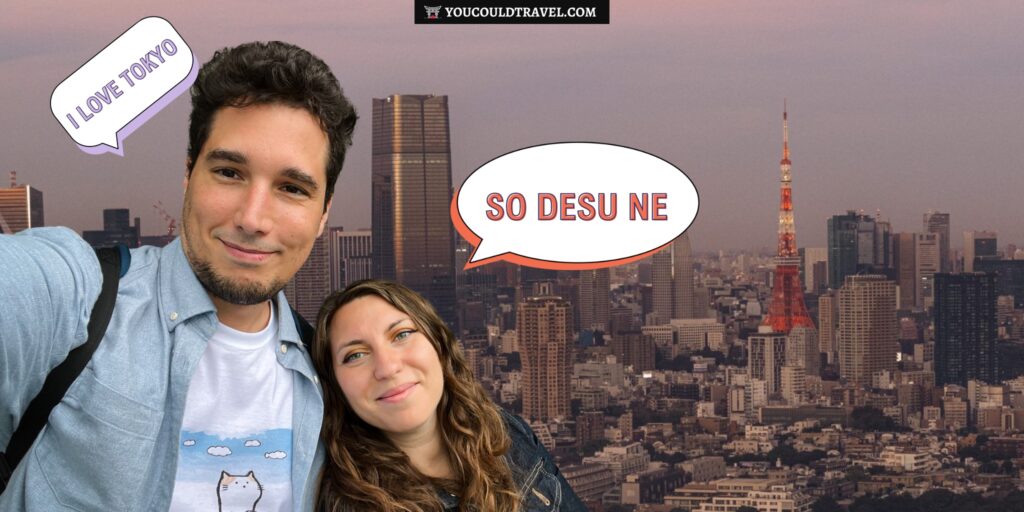
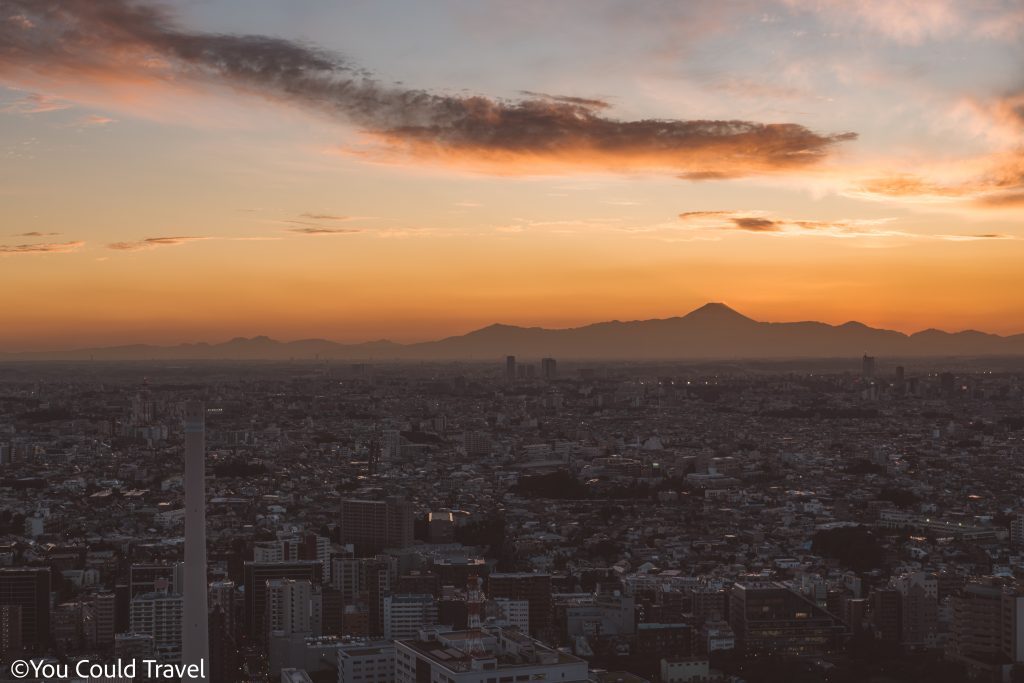
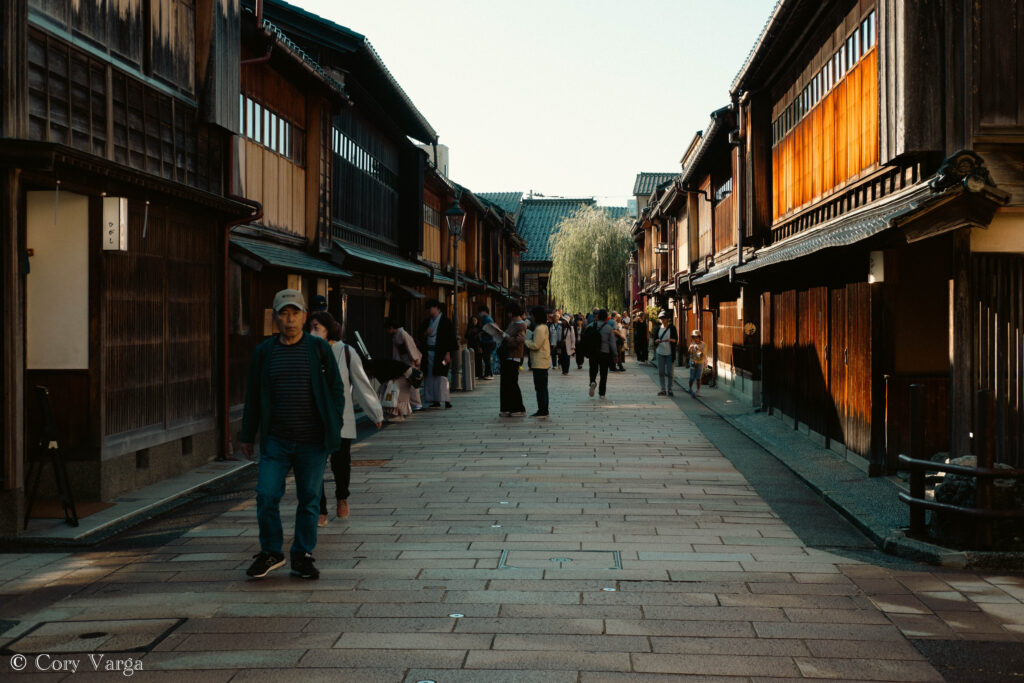
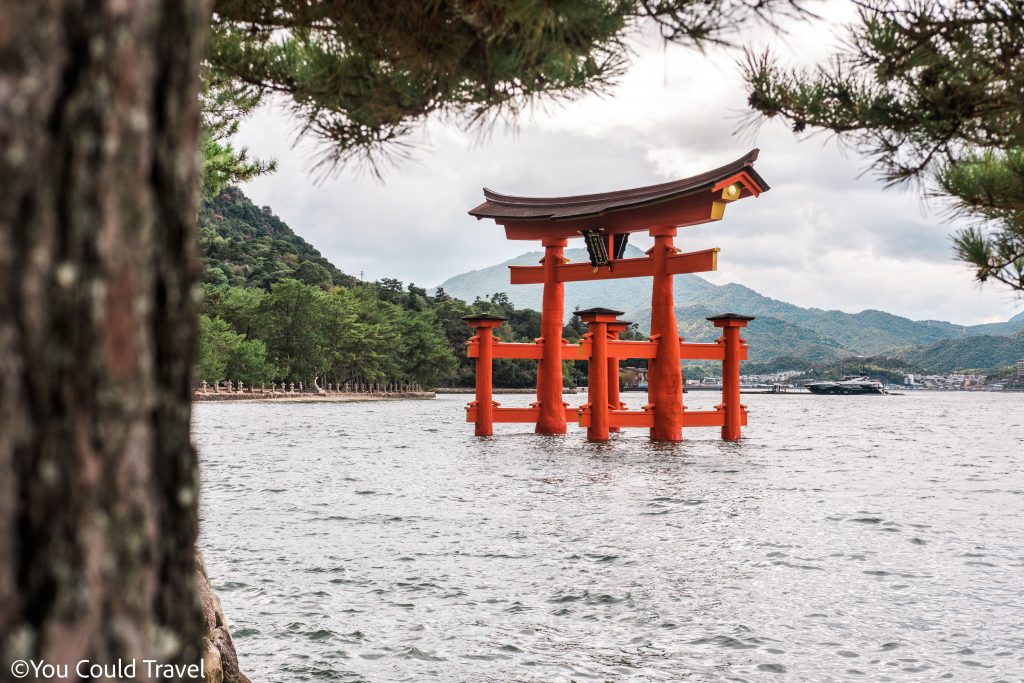
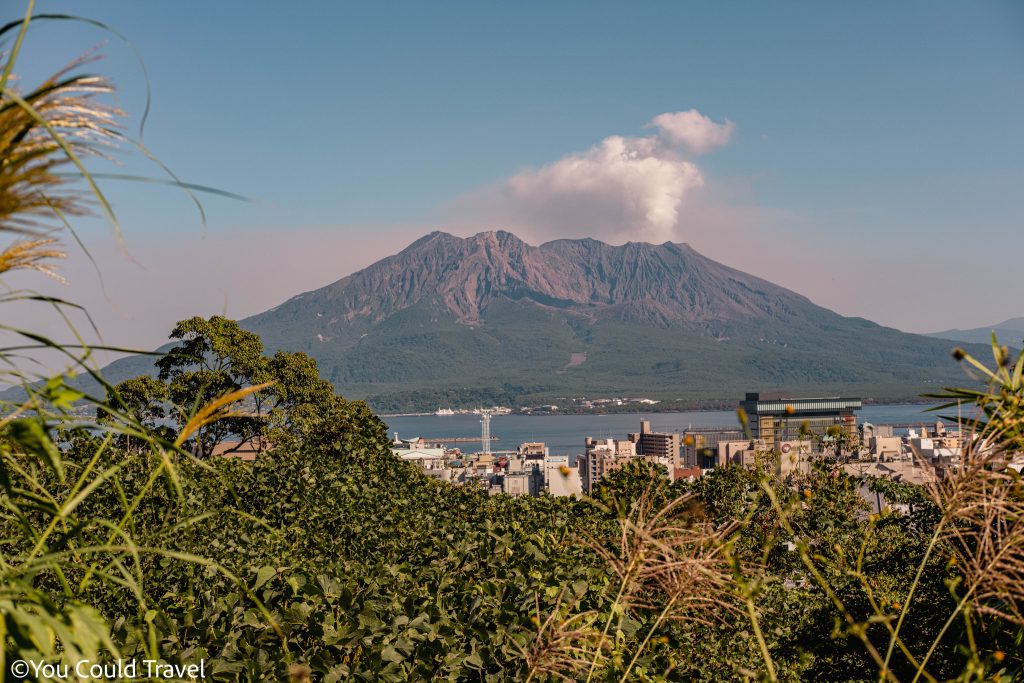


Leave a Reply